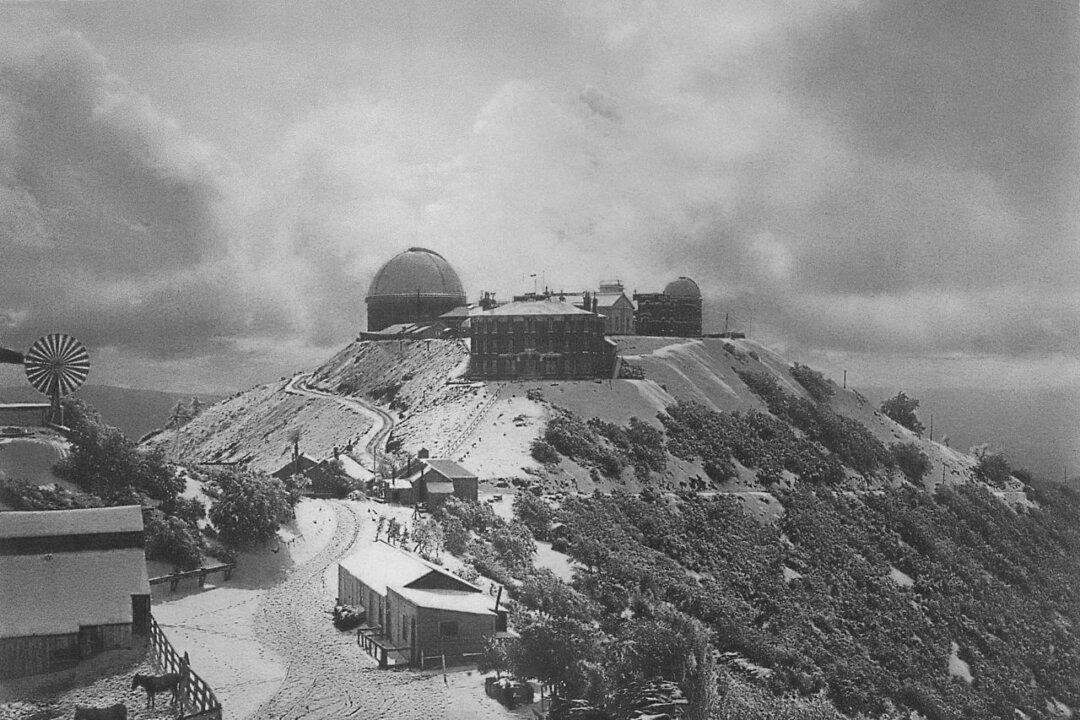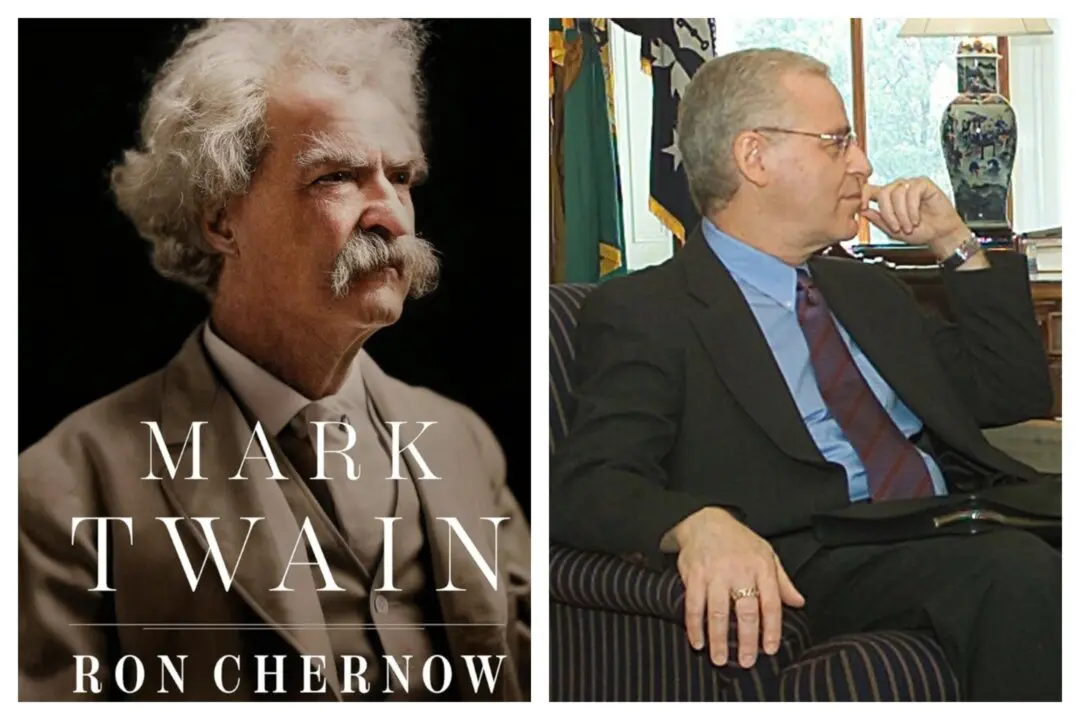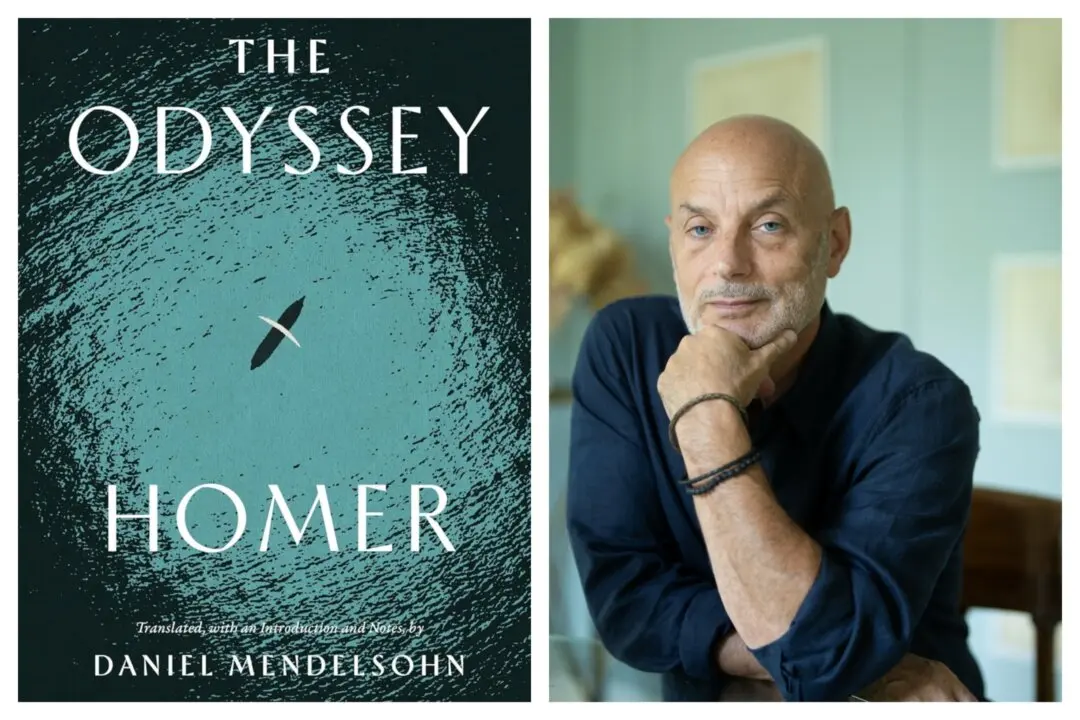James Lick (1796–1876) was the eldest of seven children and became a master carpenter under the strict tutelage of his father. Born and raised in a place called Stumpstown, the Pennsylvanian had his sights set on a young girl whom he had fallen in love with and incidentally impregnated. When the 21-year-old asked for her hand in marriage, her father, a mill owner, responded caustically, “When you own a mill as large and costly as mine, you can have my daughter’s hand, but not before.” Angered by the insult, he shot back, “Some day, I will own a mill that will make yours look like a pigsty!”
Henceforth, his great effort to win his prize and settle the score with the miller began. He first moved to Baltimore to learn the trade of building pianos. Already possessing the gift for woodworking, his transition to pianos was seamless. After apprenticing in Baltimore, he moved to New York and opened a piano business. As he sold pianos, he began to realize that most of his inventory was going to South America. Simple economics suggested a move to the southern continent, which would eliminate shipping costs and dangers.






